Published online at Louisville, Kentucky USA -
An independent, secular, contemporary journal of political and environmental issues dedicated to peaceful reduction of human impacts on Earth
Member Planet Love Cooperative © 2016
Published online at Louisville, Kentucky USA -
An independent, secular, contemporary journal of political and environmental issues dedicated to peaceful reduction of human impacts on Earth
Member Planet Love Cooperative © 2016
BadwaterJournal.com
WHAT UNSUSTAINABLE URBAN GROWTH LOOKS LIKE

The Louisville Smart Cities Application is 7 MB download from the above link.
http://www.latimes.com/business/autos/la-fi-hy-ihs-automotive-average-age-car-20140609-story.html
253 million vehicles on the road in U.S. 2015
$ 15,000.00 average cost would be $ 3.4 trillion fleet value of ‘dumb cars’ • average age of the U.S. fleet of vehicles is 11.4 years old

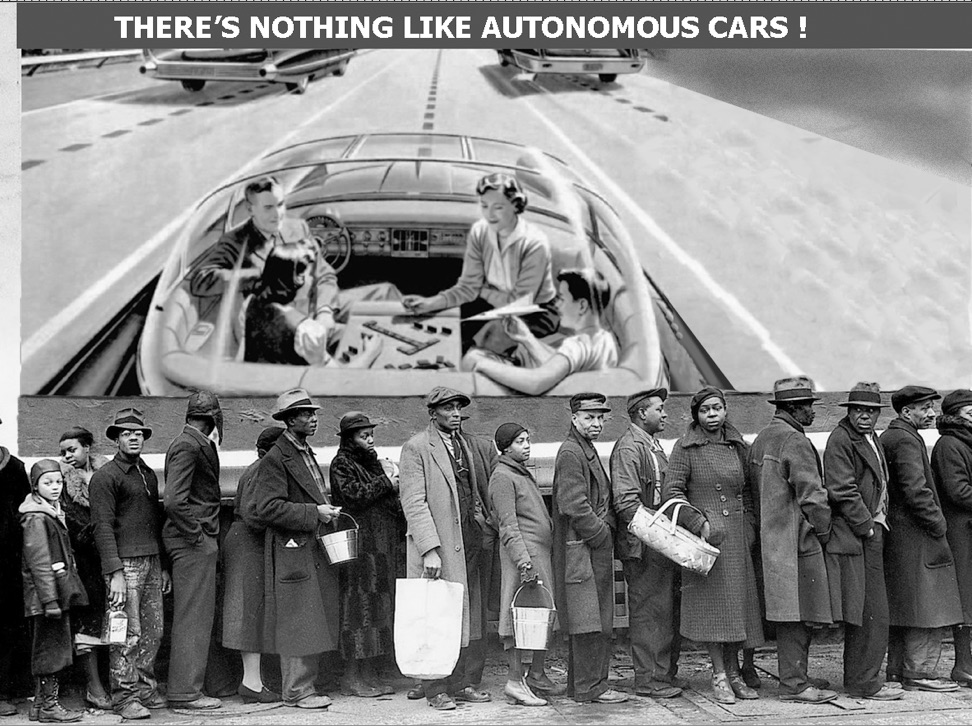
Face Recognition System
The crown jewel of all their technology is definitely the Face Recognition System (FRS). The FRS has a wide array of applications ranging from surveillance, transportation, forensics to even visitor and employee management and access control. FRS is primarily available as three variants, each optimised for achieving a specific functional excellence. They are:
1.NeoFace® Watch - Designed for operational security users.
2.NeoFace® Reveal - Dedicated for forensic application.
3.NeoFace® Track - Attendance Marking System for organisations with large employee base.
NEC's ultimate goal is to build end-to-end collaboration infrastructure that uses cutting edge technology to provide the most secure, most reliable solution architecture to the citizens of modern India. In the process, they aim to reduce human intervention and deploy more intelligent tools of security that make fiscal as well as functional sense.
- See more at: http://in.nec.com/en_IN/blog/smart-cities-shaping-indias-future.html#sthash.dNtMQzIL.dpuf
Administration Announces New “Smart Cities” Initiative to Help Communities Tackle Local Challenges and Improve City Services
Continued population growth and urbanization will add 2.5 billion people to the world’s urban population by 2050. The associated climate and resource challenges demand innovative approaches.
Instead of seeing the city as a “system”, to be automated and controlled, the vision being mulled in the Spanish capital conceives of the city as an “ecosystem” of diverse, competing and uncontrolled human networks. Instead of asking: which of the city’s grids and networks do we want to automate and connect, Podemos-backed major Manuela Carmena asked advisers: what are the social problems we want technology to solve?
excerpts and links from the net
At the popular tech trade expo Consumer Electronics Show at the beginning of January, AT&T revealed its plan to become a more substantial part of consumers' lives, serving as the link that connects cars, health monitors, and traffic lights. And at its Developer Summit, running parallel to CES, AT&T announced its newest project — a smart city initiative in Chicago, Atlanta and Dallas.
Working with Cisco Systems, General Electric, Qualcomm and other major partners, AT&T will focus on developing IoT technologies that address transportation, public safety, infrastructure and citizen engagement. AT&T is also creating a digital dashboard that allows cities to see how assets are performing and keep abreast of power outages, water leaks, traffic accidents and more in near-real time.

WHY is It called BadwaterJournal ?
This blog originally focused on water pollution caused by sewer overflows. See some related pages HERE and HERE
I used the simple language ‘bad water’ to dispense with the hyper-technical terms that scientists use to describe the characteristics of bad water, such as ‘total dissolved solids’ or ‘fecal coliform colonies per mili-liter’. The intent was to inform with photographs taken along the streams in Jefferson County Kentucky USA about the problems of sewer overflows caused by unchecked development and undercapacity infrastructure. Typical residents needed to know more about the local streams where children wade.
comments to:
Bud Hixson,
Badwater Journal
mail to:
1336 Hepburn Avenue
Louisville, KY 40204
Some pages have been put in storage
if you click on a link that doesn’t work
and you want to see the page
contact me at budhix@iglou.com

Children in bacteria laden
waters at Big Rock in
Cherokee Park
Louisville, KY


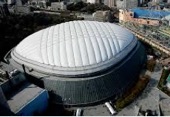
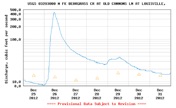
‘Infraculture’ © 1990 Bud Hixson

by Bud Hixson (The author is a CART member)
On January 14th the Fortune 500 automobile manufacturers demonstrated their control of national transportation policy when Secretary Anthony Foxx announced that the federal government would provide $ 4 billion dollars over ten years to develop laws and regulations to integrate ‘driverless car’ technology into national roadways.
Calling it a “Smart City Challenge” the Secretary threw a pile of funding into a throng of hungry municipal governments and backed out of the way. What the automakers will now get through the offices of the Secretary is a publicly funded regulatory research and development effort to extend the single driver vehicle mode of commuter transportation for decades into the future. Cities will compete to show how expensive robot cars are good for you and me.
This comes as the true scope of car crash, pollution health effects, and global warming impact of the single driver transportation system are becoming more widely understood. Ironic that a President so identified with the legacy of civil rights progress should adopt a corporate pandering transportation policy that will increase income disparity and unemployment.
Public transit investment addresses the increasing isolation of poor blacks in segregated city ghettos. This segment cannot pay $ 40,000 for a new iCar that is driven by artificial intelligence on state roads that have been enhanced with digital sensors.
Such institutional insensitivity to the plight of millions of poor people looks like another facet of the same government that downplayed and failed to respond to the health concerns of water quality in Flint, Michigan. The poverty of Detroit, Dearborn and Flint, Michigan are bound up with the rise and fall of automobile production, and resulting white flight and suburban ring development. But when automakers want to transform the national highways to exclusive corridors for rich people watching movies, Obama and Secretary Foxx are quickly standing shoulder to shoulder with corporate executives.
In a country where the Supreme Court holds that money is free political speech, no other result is to be expected. Public debate has degenerated into a series of double speak public relations stunts.
“We do not have a top-down transportation system. We have a bottom-up system. And while we are grateful that Congress passed a five-year bill last week, our national vision for transportation is still constrained by 20th century thinking about technology.”
Sec. Foxx
Brave New World of Driverless Cars
Transformative policy imposed without science or public input
Really ? This is exactly a top-down policy imposed by a conspiracy of top auto makers to hold off a shift to low emissions light rail in the major urban centers. Its about protecting and extending market share and profits for the upper income set.
Transportation policy should be constrained and reflect science of climate change, income inequality and air pollution morbidity and mortality. But the new policy will thwart light rail expansion efforts in favor of digital malarky.
This is neoliberalism’s favorite function of government--to use public money to fund product line research for wealthy industry. The President is generally more inclusive in his policy making decisions. But this endorsement effecting a profound transformation of transportation policy comes without any town square meeting.
The full implications of letting robots drive cars appear to include --throwing millions of truck drivers out of a job, leaving taxi-drivers without employment, forcing car drivers to install electronic upgrades to older cars, allowing the government to electronically disable your car for unpaid tickets or fines, allowing police to drive your car to jail with you in it. The advent of robot drivers will chew a major hole in an already devastated middle and low income workforce. Where are the economic studies on this policy impact?
National transportation policy that ignores and does not debate such transformative economic impacts fully in advance is an alarming abdication of public protection.
Obama and Transportation Secretary Anthony Foxx are walking away from the poor –who provide no campaign financing. The President’s decision to support internet connected driverless cars with tax funded roads and change state and federal regulations to require all automobiles to be ’Smart cars’ --should be made with a full view of the social impacts. Letting car dealers design the U.S. transportation system is like letting the tobacco companies set health policy.
In major cities like Louisville, Kentucky driving combustion engines some 34 million miles per day on Louisville's road system results in serious and chronic public health impacts that are costing local citizens more than $ 6 billion dollars every five years.
Reductions in car crashes and air pollution by building a robust light rail system provides more jobs, increases livability and connects poor segregated populations with suburban ring job centers across town. $ 6 billion would build the light rail system while reducing health costs.
The $ 6 billion rough estimate is based on:

1) the comprehensive costs of annual crash fatalities and serious injuries that require major hospital treatment and cause loss of work productivity;
2)The estimated $ 828 million per year in traffic congestion costs, lost work time and delay and wasted fuel;
3) Annual hospital admissions, treatment, fatalities due to transportation related ambient air pollution.
In 2013 alone, in Jefferson County Kentucky there were 30,193 wrecks, 88 fatalities, and 8,215 injuries in Jefferson County.
Jefferson County is classified 'non-attainment' status of federal standards for fine particulate pollution since 2007. Air pollution from cars costs hundreds of millions of dollars each year, causes epidemic asthma and contributes to premature deaths from heart and respiratory diseases in Louisville. The costs paid by victims, insurers and the general public for collisions, injuries, fatalities, lost lifetime earnings, rehabilitation, air pollution disease and mortality and lost time and fuel due to traffic congestion on Metro roads adds up to billions of dollars annually. The public is unaware of these costs because KIPDA and the KYDOT have not published a proper Health Impacts Analysis that shows the true cost of the auto-centric system. Nor is there any study showing how such impacts will continue for the next decade.
Retrofitting the aging automobile fleet with digital sensors by unfunded mandate, passing new public funded road projects to install digital sensors to serve the new generation of iCars will engage the federal state and local governments in a new program of subsidies for private automakers. Instead of recognizing the extensive impacts on the poor and middle class, Obama and the automakers are stalling public health protection and increasing years of auto pollution.
We are only now discovering the extent that automakers gamed the emissions testing and regulation system placing profits over public health. The iCar connectivity will be full of bugs requiring annual upgrades --converting car ownership to subscription. At the same time, Obama’s EPA still refuses to move ahead with regulating and limiting the public health impacts of ultrafine particulate emissions from transportation. Like the yellow water of Flint, Michigan, EPA thinks that chronic disease caused by ultrafine particulate levels in ambient air is not serious enough to merit regulation.
Louisville’s poor underclass cannot accumulate wealth or rise from poverty in a transportation system that segregates populations behind walls of high monthly cost in car loans, fuel costs and now software subscriptions and bridge tolls on ‘freeways.‘ The Smart Cities initiative hijacks rational transportation planning in the public interest.
25 million gallons burned in the U.S. per day
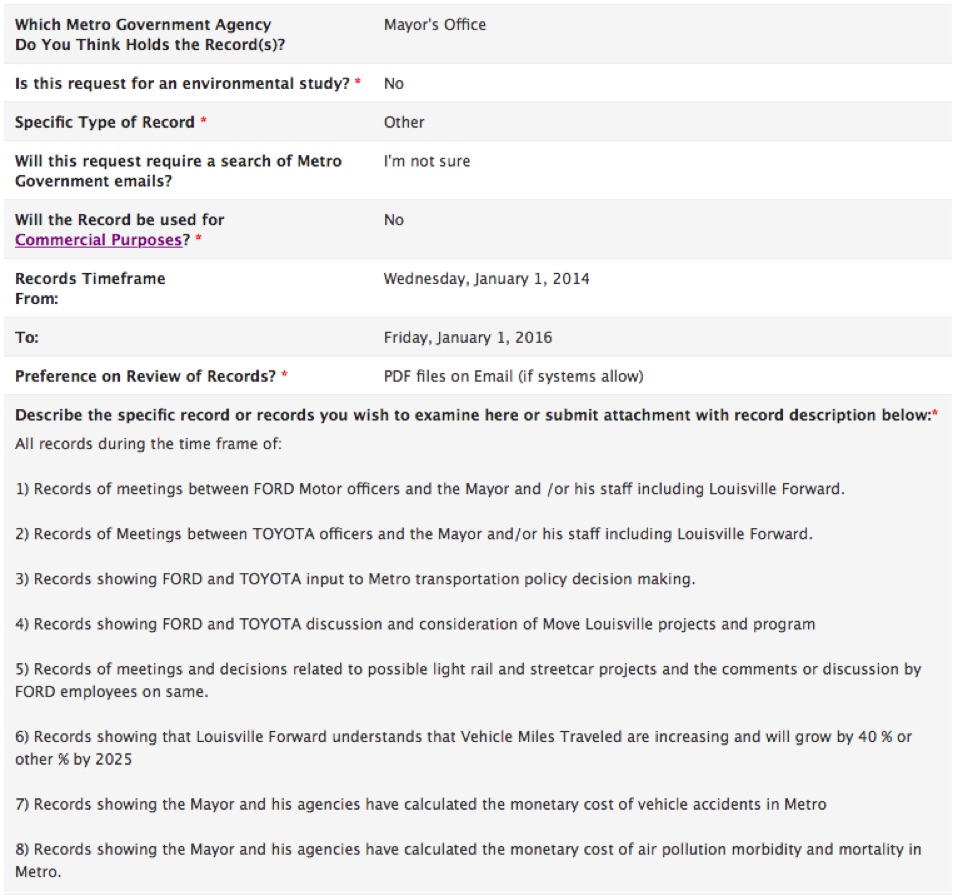
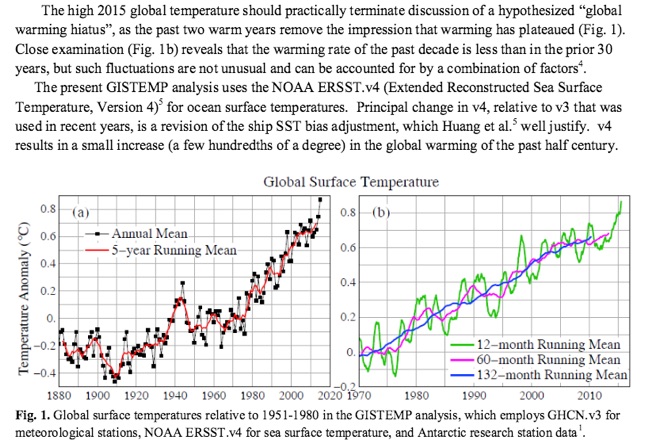
2015 Hottest Year “in the period of instrumental data.”

“We can also say with confidence, because of Earth’s energy imbalance (energy absorbed from sunlight exceeding heat radiated to space), that the present decade will be warmer than last decade.”
James Hansena, Makiko Satoa, Reto Ruedyb,c Gavin A. Schmidtc, Ken Lob
See it HERE
“Repeated rounds of heavy thunderstorms pushed April 2015 into the Top 4 wettest on record at the official climate sites in Louisville, Lexington, Frankfort, and Bowling Green.”
See it HERE
“Storms feed off of latent heat, which is why scientists think global warming is strengthening storms. Extra heat in the atmosphere or ocean nourishes storms; the more heat energy that goes in, the more vigorously a weather system can churn.” See it HERE
Below: April 2, 2015 storm nearly pushed South Fork of Beargrass Creek out of its concrete channel as viewed from bridge at Schiller Ave.

OPEN RECORDS REQUEST TO METRO GOVERNMENT
‘Smart city’ technologies
– Expensive projects that don’t solve urban sprawl, lack of access, walkability and climate change
“We are imagining connected and autonomous vehicles that practically eliminate crashes.
And we are imagining this technology interacting with wired infrastructure to eliminate traffic jams as well. But we are not only imagining it happening. We are making it happen.
We are moving quickly to require all new cars to be equipped with vehicle-to-vehicle technology. As part of this effort, we also launched a pilot program to demonstrate connected vehicles in three U.S. markets, including New York City.”
Secretary of Transportation Anthony Fox See Press release HERE
See Greenhouse transportation emissions HERE



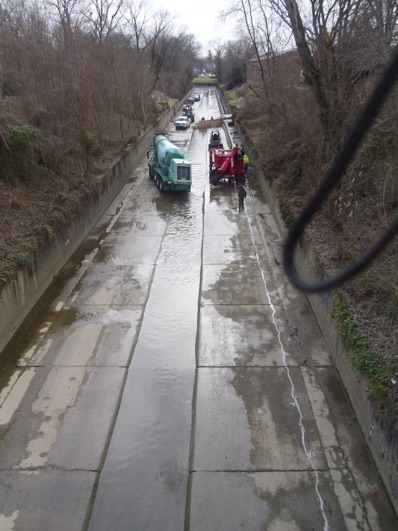
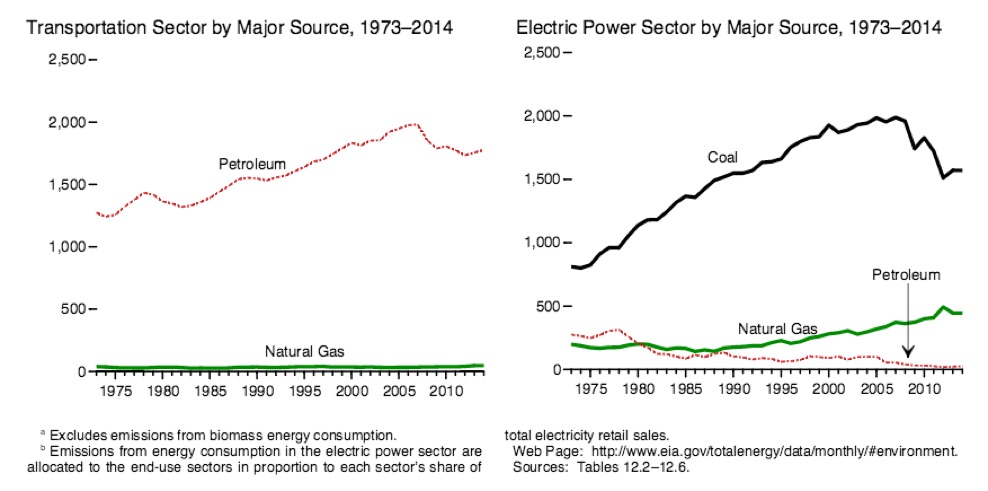
Carbon Dioxide Emissions From Energy Consumption by Sector
(Million Metric Tons of Carbon Dioxide) http://www.eia.gov/totalenergy/data/monthly/pdf/sec12.pdf
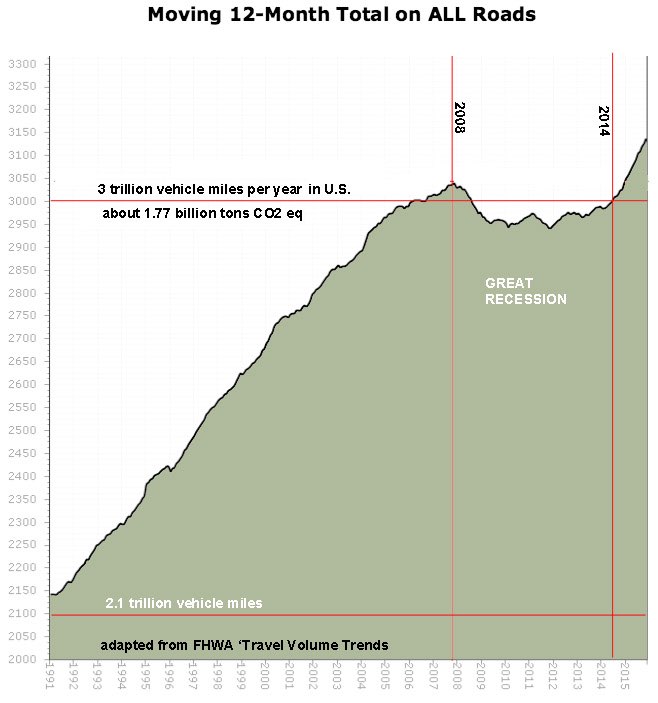
https://www.fhwa.dot.gov/policyinformation/travel_monitoring/tvt.cfm
https://www.fhwa.dot.gov/pressroom/fhwa1517.cfm
WASHINGTON –New estimates released today by the U.S. Department of Transportation’s Federal Highway Administration (FHWA) show that Americans drove nearly 3.02 trillion miles in 2014, the highest point since 2007 and the second-highest since data collection began 79 years ago, fueling calls for greater investment in transportation infrastructure to accommodate growing volumes of traffic.
The new data reaffirm projections made by U.S. Transportation Secretary Anthony Foxx in “Beyond Traffic,” his 30-year vision for transportation, which shows significant increases in gridlock nationwide unless changes are made in the near-term.
Americans drove an estimated 3.015 trillion miles last year, roughly the same distance as 323 round trips from Earth to Pluto.
http://www.eia.gov/todayinenergy/detail.cfm?id=20872&src=email
Estimated emissions of 5,404 million metric tons of CO2 from energy-related sources occurred in 2014, and energy-related CO2 emissions are projected to increase slightly in both 2015 and 2016. In the Reference case in EIA's recently released Annual Energy Outlook 2015, emissions are expected to increase only slightly, at a rate of 0.1% annually, and to remain below 2005 levels by more than 400 million metric tons in 2040. Future energy consumption and related emission levels will depend largely on a mix of weather, energy sources, and economic factors—as well as potential changes in national and state policies.
United States vehicle miles traveled each year
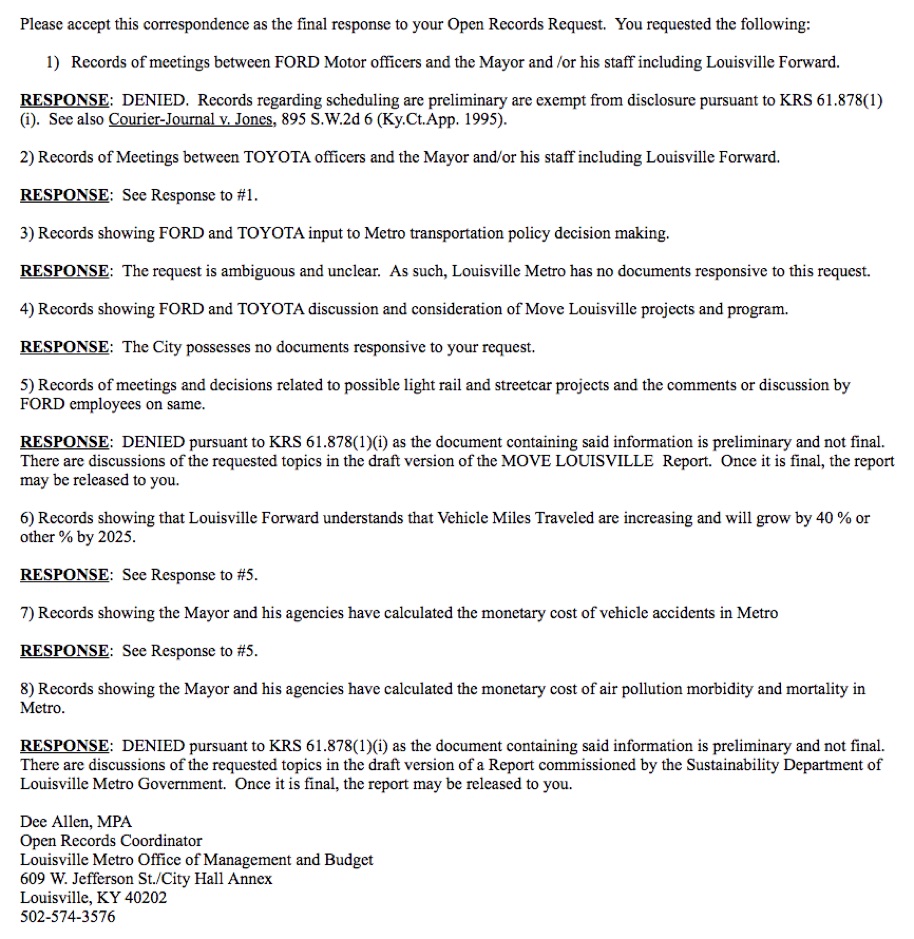
RESPONSE RECEIVED 1-28-2016
Metro Louisville keeps tight grip on information about automakers Smart Cities policy influence
http://insideunmannedsystems.com/obamas-4-billion-plan-for-autonomous-cars-is-just-the-beginning/
Obama’s $4B Plan for Autonomous Cars is Just the Beginning
“We are on the cusp of a new era in automotive technology,” said Foxx”
Raleigh pursuing $40M grant to build 'smarter' transit system
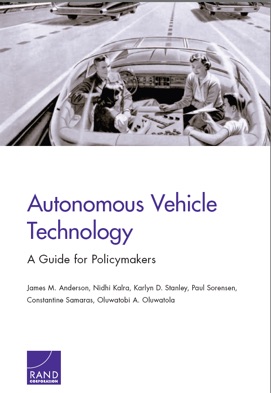
by Bud Hixson (The author is a CART member)
On January 28th the Metro Louisville government denied a request under the Kentucky Open Records Act to view relevant public records describing the extent of influence of Kentucky auto giants in the new transportation policy being drafted dubbed ‘Move Louisville.’ See the Response below.
“Kentucky's vast network of automotive manufacturing, supplier and service-related companies provide a significant impact on Kentucky's economy, adding $14 billion annually to the state's GDP. Boasting four major auto manufacturing plants, the state is the third-largest producer of light vehicles in the country, reaching nearly 1.3 million cars and trucks last year. That places Kentucky first in production on a per capita basis.” Kentucky Auto Industry Assn.
FORD’s massive size has made it a force of gravity that cannot be escaped, in local, state and national politics. Metro’s refusal to provide records about the automakers participation with Louisville Forward, the transportation planning unit with the city, denies the public important insight at a time when significant policy decisions are being taken. As the article below describes, the federal Dept. of Transportation is injecting public funds in a competition to kickstart autonomous vehicles.
Visit RAND at www.rand.org
Explore the RAND Transportation, Space, and Technology Program
“By providing a new level of mobility to some users, it may siphon riders (and support) from public transit systems.
Currently, one of the key attractions of public transit is riders’ ability to undertake other tasks in transit. Autonomous vehicle technology may erode this comparative advantage.
Further, many jobs could be lost once drivers become unnecessary. Taxi, truck, and bus drivers may lose their livelihoods and professions. If crashes decline in frequency, an entire “crash economy” of insurance companies, body shops, chiropractors, and others will be disrupted.”
American Trucking Industry Could Lose 8.7 Million Jobs In Automation Revolution
Obama Aims to Invest $4B in Automated Vehicle Technology January 14, 2016
By David Cullen
“The Obama administration wants to spend nearly $4 billion over 10 years to fund pilot to projects aimed at accelerating the development of connected and automated vehicles. The fiscal year 2017 budget proposal was outlined by Secretary of Transportation Anthony Foxx on Jan. 14 at the North American International Auto Show in Detroit.
http://www.33rdsquare.com/2012/01/what-will-self-driving-cars-mean-for-us.html
Technological obsolescence of driving-based jobs.
http://thehill.com/policy/transportation
"Even if the December 2015 data show no gain from December 2014, which is unlikely, that would put the 2015 total over 3.1 trillion," it added. "That's an increase over 2014 of more than 100 billion miles."
Apologies to photographer Dorothea Lange
Metro Government rolls out
Smart Cities Challenge
proposal to transform surface transportation
by Bud Hixson (The author is a CART member)
On February 4, 2016 Mayor Greg Fischer through his planning group Louisville Forward, unveiled a proposal to invest millions in public funds to ‘transform surface transportation’ in Louisville. Instead of relying on fixed rail guideways to create rapid commuting by light rail, the proposal is to create ‘virtual right of ways’ by sensing the location of cars and buses and using data analysis to reduce congestion, delay and accidents. The federal DOT Smart Cities challenge is a national program of incentives designed to kick-start transition to a new generation of computerized and connected vehicles. The decision to subsidize the auto-industry by using tax funds and public debt to build the required road infrastructure provides a welcome program of new vehicle sales in a time when transportation science shows light rail has low or no air pollution emissions or greenhouse gas impacts--as opposed to cars that are burning 25 million gallons of gasoline per day in the U.S. Local air pollution is a significant health problem in Louisville, but the shift to light rail has been avoided again by this policy. For such a transformative document that may --
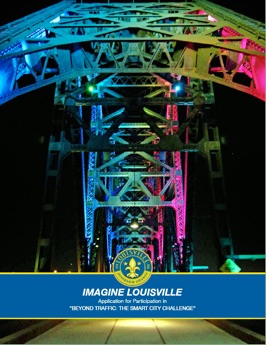
require most drivers to sell their present dumb cars at a loss and buy new smart cars, the document Imagine Louisville, is more like a sales brochure than a rigorous factual analysis. There is no supporting citation to the literature showing how many vehicle miles will actually be reduced, how many tons of emissions would be avoided, or why ‘virtual right of way’ is cheaper, more reliable and superior to putting in a fixed rail right of way system.
The policy brooks no dissenting community input and is scheduled for rapid adoption. The authors even admit this policy is not what the community asked for-- pg 2
Citizens have repeatedly called for improving mobility options —specifically, mass transit. However, there are several obstacles Louisville must navigate to achieve this, including low population density and an expansive metropolitan area.
pg 18
LMG and its partners will move immediately to address any laws, regulations, pending court decisions, or policy practices that could hinder implementation of Imagine Louisville.
Mayor Fischer has decided whats good for the automakers is good for Metro Louisville. Imagine Louisville amounts to a policy putsch to replace rational scientific based regional transportation planning with a public subsidy to Fortune 500 corporate partners. A real 21st Century transportation system would be fronted with data on greenhouse gas reductions and connections for poor people. This is not that.
“Connected vehicles are an essential component of Imagine Louisville’s Urban
Automation initiative. As described above, Louisville plans to invest heavily in developing, testing, and deploying connected and autonomous vehicle technology. In doing so, these vehicles will become an integral component of personal transportation within the metro area. Through V2V and V2I communications, connected vehicles will play a key role in optimizing urban transportation networks. Connected buses will also be a cornerstone of the Smart Lane Pilot Project. Once they are operational, new connected vehicles will be introduced to the corridor. Another V2I application that will improve drivers’ experience with transportation infrastructure is the implementation of Smart Parking.”
